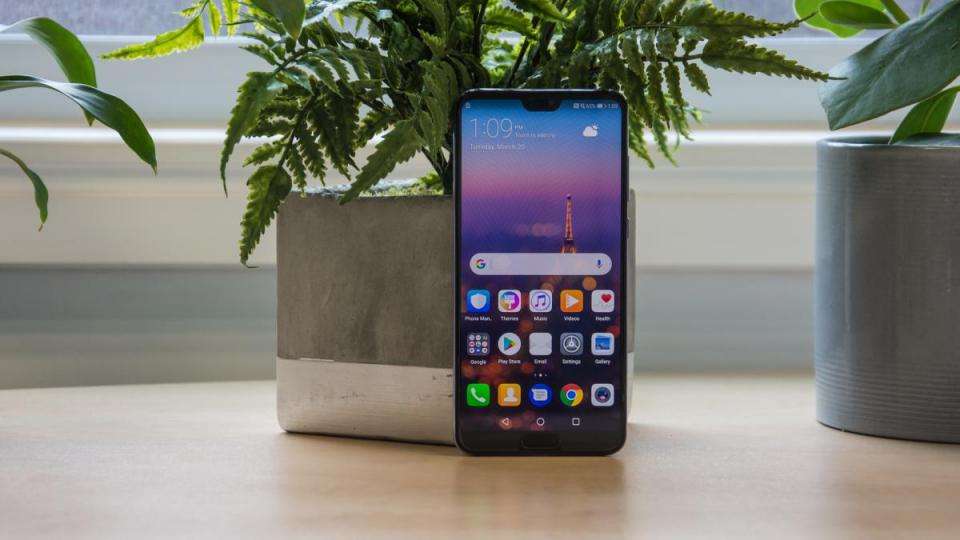The television industry is entering a transformative era. In 2025, TVs are no longer just screens for watching shows—they have evolved into intelligent hubs that adapt to users' preferences, home environments, and lifestyles. Whether you're a home theater enthusiast, competitive gamer, or casual viewer, understanding the most impactful features of the latest models will help you get the most value from your investment.
From cutting-edge display technology and artificial intelligence to advanced connectivity and cloud services, today’s televisions are packed with capabilities that significantly enhance user experience. This guide offers a detailed look at the trends and features shaping the TV landscape in 2025, empowering you to make informed, future-proof decisions.

What Display Technologies Are Leading in 2025?
Display innovation remains a key focus in television manufacturing. The latest advancements deliver sharper resolution, deeper contrast, and more vibrant colors than ever before. Understanding these options helps consumers select a TV that aligns with their specific needs, such as room lighting conditions, viewing angles, and content preferences.
OLED, QD-OLED, and MicroLED
OLED displays are still at the forefront of high-end home entertainment. Known for their ability to individually illuminate pixels, OLED panels provide exceptional contrast ratios and true blacks. QD-OLED takes this a step further by adding a quantum dot layer to boost color brightness and accuracy without sacrificing the benefits of OLED. MicroLED, while less widespread due to its high cost, is gaining traction in luxury setups. It utilizes microscopic LEDs that function without a traditional backlight, offering modular screen designs, ultra-high brightness levels, and long lifespans—all without burn-in issues. As production methods improve, MicroLED may become more accessible to mainstream consumers.
Mini-LED and Advanced RGB LED
Mini-LED represents a major upgrade over traditional LED TVs by using smaller and more densely packed LEDs. This allows for thousands of localized dimming zones that greatly improve black levels, reduce haloing (blooming), and provide consistent brightness across the screen. RGB LED improvements further refine color rendering, bringing viewers closer to a cinema-grade experience at home. These technologies are often found in mid-range to high-end TVs, making premium visuals more accessible to everyday users.
8K Resolution and Refresh Rate Innovations
While 4K is still the standard for most content, 8K TVs are pushing boundaries with four times the pixel density. This allows for astonishing clarity on large screens, especially beneficial in spacious living areas. Even though native 8K content is limited, sophisticated upscaling algorithms ensure that 1080p and 4K content looks sharper and more detailed. High refresh rates—such as 120Hz, 144Hz, and even higher—ensure smooth motion. This is especially useful for fast-action sports and gaming. Combined with low input lag and adaptive sync technologies, modern TVs can now compete with gaming monitors in terms of responsiveness and fluidity.
How Is AI Enhancing the TV Viewing Experience?
Artificial Intelligence is one of the most exciting developments in the television industry. AI isn't just about smart suggestions—it actively shapes how TVs display images, manage sound, and respond to user input. These enhancements create a more personalized, dynamic, and efficient viewing experience.
Dynamic Picture and Audio Optimization
AI-driven algorithms now adjust picture and sound parameters based on both the content and the environment. For example, a dark scene in a movie will automatically trigger deeper black levels and subtle highlights, while a sports broadcast may invoke brighter, more vibrant color tones and enhanced motion smoothing. Audio settings are similarly adaptive. AI can detect ambient noise in the room and adjust volume and sound profiles accordingly. Dialogue in movies becomes clearer, and the audio range is optimized for different genres, whether it's action-packed sequences, musical performances, or documentaries.
Content Curation and Smart Discovery
Instead of endlessly scrolling through menus, viewers benefit from AI-powered recommendation engines. These systems analyze viewing history, preferred genres, and even the time of day to suggest content that’s relevant and timely. This not only improves user satisfaction but also increases content engagement, making it easier to discover hidden gems across various streaming platforms. AI also learns from feedback, allowing users to "like," "skip," or "watch later," which refines the suggestion engine over time.
Accessibility and Interaction Improvements
User interfaces are smarter and more intuitive. Voice control is more responsive and now supports natural language queries. For instance, saying “Show me romantic comedies from the 90s” yields precise results. Gesture control and facial recognition also enhance accessibility, enabling seamless navigation without physical remotes. For visually impaired users, AI-driven screen readers and audio descriptions provide valuable assistance, ensuring everyone can enjoy content equitably.
Smart TV Platforms and Enhanced Connectivity
Today’s smart TVs do much more than stream videos. They serve as the command center for the connected home, offering access to a wide range of services, apps, and home automation tools.
Integration with Smart Ecosystems
2025’s TVs are designed to operate within a broader smart home infrastructure. With the ability to connect with lights, thermostats, speakers, security cameras, and even appliances, TVs now act as centralized interfaces for controlling daily functions around the house. This integration simplifies routine tasks. Imagine dimming the lights, adjusting the temperature, and queuing up your favorite movie—all from your television’s remote or voice command.
Cross-Device Synchronization
Whether you're watching a show on your phone, tablet, or laptop, seamless sync with your TV ensures a smooth transition between devices. Modern TVs support technologies like screen casting, multi-room viewing, and second-screen functionality. This allows for shared or mobile viewing experiences, perfect for large households or multi-device environments.

Comprehensive App Ecosystems and Updates
App support is extensive, ranging from major streaming platforms to niche interest services. TV operating systems are now modular, receiving regular updates that introduce new features, interface enhancements, and security patches. This ensures your television remains current for years, even as services evolve.
Support for Gaming and Cloud-Based Entertainment
Gaming is no longer confined to consoles or high-end PCs. Thanks to the expansion of cloud-based gaming platforms, TVs can now act as direct gaming portals, eliminating the need for expensive hardware.
Cloud Gaming Integration
With a stable internet connection, users can stream top-tier games directly from cloud servers. The latest TVs support game controllers, low-latency gaming modes, and high refresh rates, all designed to minimize lag and maximize immersion. Features like automatic game mode switching, variable refresh rate (VRR), and high dynamic range (HDR) support provide a near-console experience, right out of the box.
AI-Guided Game Optimization
Some TVs now use AI to enhance the gaming experience. These systems detect the type of game being played—first-person shooter, sports, RPG—and automatically adjust picture, audio, and latency settings to match the genre. This means players get optimal visuals and performance without needing to tinker with menus.
Conclusion
The television experience in 2025 is richer, smarter, and more connected than ever. With revolutionary improvements in display technology, artificial intelligence, smart integration, and cloud services, TVs have become highly adaptable entertainment ecosystems. For consumers, this means greater value, broader functionality, and personalized viewing. Whether you're upgrading your setup or buying your first smart TV, understanding these features ensures that your purchase aligns with your lifestyle and future entertainment needs.
FAQ
What Is the Difference Between OLED and Mini-LED TVs?
OLED TVs use self-lit pixels, which deliver perfect black levels and infinite contrast ratios. This makes them ideal for cinematic experiences in dark rooms. Mini-LED TVs, on the other hand, use many tiny LEDs for backlighting, offering impressive brightness and better contrast than traditional LED models. They excel in brighter environments and generally offer a longer lifespan without burn-in concerns.
Is 8K Worth the Upgrade?
8K TVs provide unparalleled clarity and depth, especially on larger screens. Although native content is still catching up, upscaling technologies are very effective. If you're aiming to future-proof your entertainment setup or want the best possible image, 8K is a compelling option. However, for most users, high-end 4K models remain an excellent and more cost-effective choice.
How Does AI Benefit TV Performance?
AI improves picture and sound quality in real-time, tailoring the output based on content and environment. It also delivers customized content recommendations and supports enhanced navigation with voice, gestures, and accessibility tools. This makes the entire viewing experience more immersive, convenient, and inclusive.






Leave a Reply